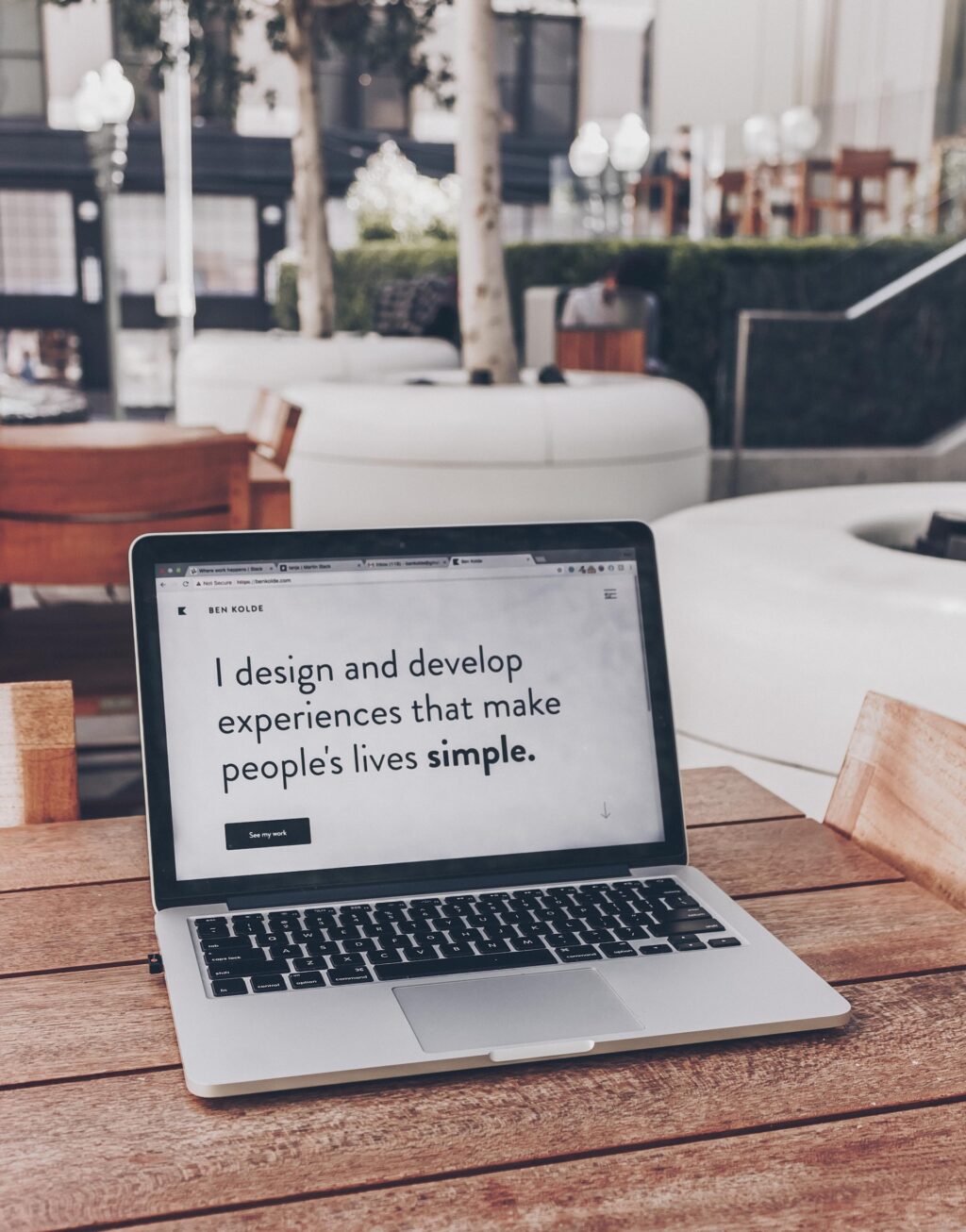Improving Usability Through Minimalism
We all have opinions on what could make a website more effective in theory, but as we have learned, designing for the best user experience based on patterns and mapping can debunk any preconceived ideas we have about what ‘really works‘ for a site.
Tapping into the aesthetic of minimalist design is a good place to start in embarking upon a usability optimization strategy. Content that is well structured and straightforward, paired with simple design, can be more valuable than designs filled with unnecessary intricacies. The ideal user will respond to a minimalist approach, intuitively absorbing the visual and becoming immersed in what truly matters: the information.
Simplicity does not automatically mean usability, but it can make the experience easier to navigate. In this case, approaching usability as the interaction between the user and the system will help understand how the user will move about the environment and with what ease. This is the main reason most organizations choose a minimalist interface beyond aesthetic reasoning.

Increasing the effective nature of user cognition through content by using small words, short sentences, familiar concepts, and clear typography (among other means) is vast. The resulting fluency often dramatically increases the message’s acceptability. Not only is it better understood, but it is also met with affinity. A site or application with a high fluency level will encourage the user to feel comfortable in the environment. It can focus on why they came to the site initially.
Many shy away from a minimalist approach to content and design because adding, rather than subtracting, is just easier. Distilling information down to the core meaning while remaining coherent and resonant is a powerful approach and will mean, among many other benefits, a heightened level of usability and a sustained level of user engagement.



